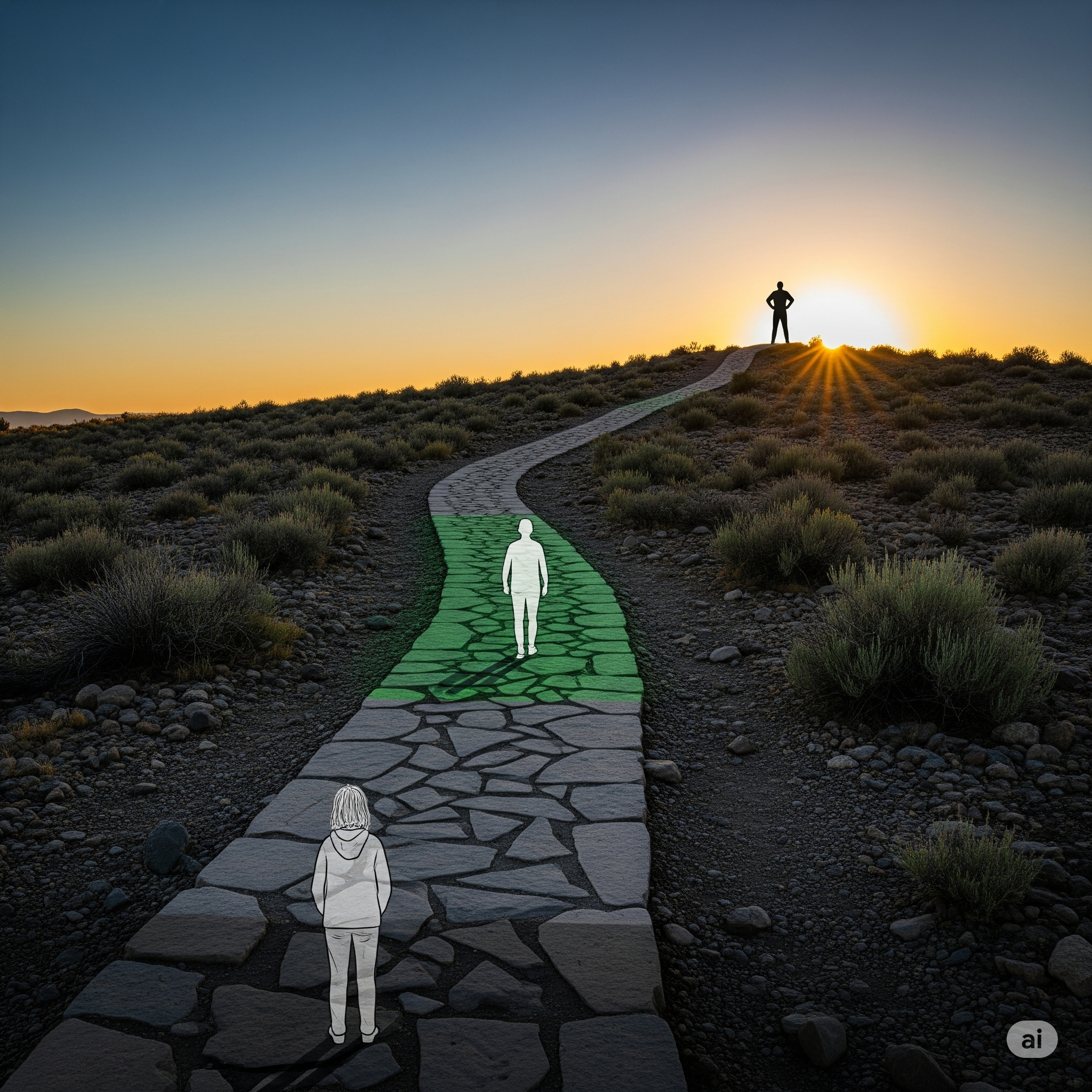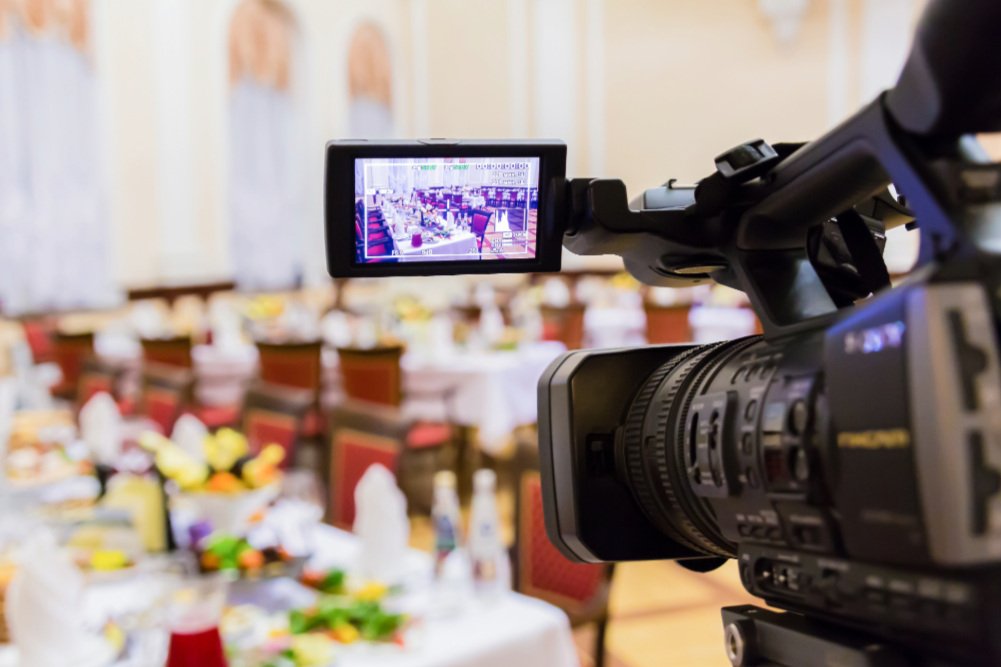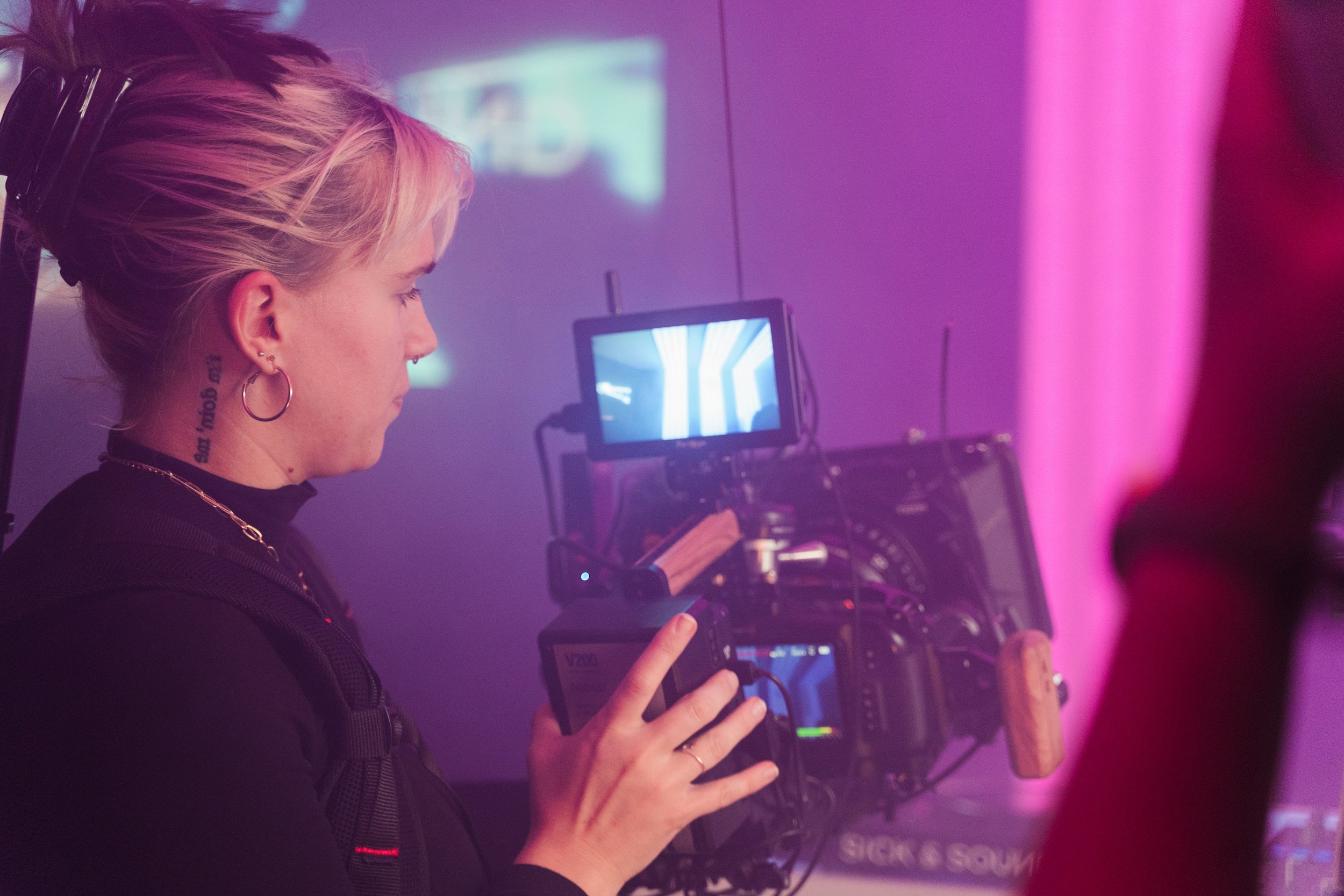30 Film Techniques for Horror and Halloween Movies
By ERMW Team
Thursday, October 31 2024
Horror films have a unique ability to evoke fear, suspense, and unease. This is largely due to the skillful use of various cinematic techniques that amplify the horror experience. These techniques can range from visual and sound effects to narrative devices and psychological manipulation. By understanding these techniques, we can better appreciate the artistry and craftsmanship that goes into creating truly terrifying horror films.
In this article, we will explore 30 of the most effective film techniques used by filmmakers to create unforgettable Halloween movies. From the use of low-key lighting and jump scares to the power of symbolism and unreliable narrators, these techniques can be used to manipulate our emotions and create a sense of dread and unease.
Visual Techniques
Watch on YouTube: How Camera Movement Makes Horror Terrifying
1. Low-key lighting:
Chiaroscuro: A dramatic use of light and shadow to create a sense of mystery and suspense.
Silhouettes: Dark figures against a bright background can be both menacing and intriguing.
Shadows: Unusual or distorted shadows can create a sense of unease or foreboding.
2. Dutch angles:
Oblique angles: Tilting the camera can create a sense of disorientation or imbalance, suggesting something is amiss.
Psychotic perspective: Dutch angles are often used to convey a character's mental instability or distorted worldview.
Unease and tension: The tilted perspective can create a sense of unease and tension, even when the content is relatively benign.
3. Jump scares:
Timing is key: Jump scares are most effective when they are unexpected and well-timed.
Build-up: A gradual increase in tension or suspense can make the jump scare even more impactful.
Release: The sudden release of tension in a jump scare can be both exhilarating and terrifying.
4. Slow motion:
Emphasis on detail: Slow motion can highlight disturbing details or slow-motion violence.
Suspenseful anticipation: It can create a sense of suspenseful anticipation, as the audience waits for something terrible to happen.
Surrealism: Slow motion can create a surreal or dreamlike atmosphere.
5. Distorted lenses:
Fisheye lenses: Can create a distorted, fishbowl-like perspective, often used to convey a character's distorted worldview or a sense of disorientation.
Anamorphic lenses: Can create a stretched or compressed image, often used to create a sense of unease or surrealism.
Visual distortion: Distorted lenses can create a sense of visual distortion, which can be both unsettling and disturbing.
6. Extreme close-ups:
Focus on detail: Extreme close-ups can focus on disturbing details, such as a character's eyes, a creepy creature, or a grotesque object.
Intensify emotion: They can intensify the emotional impact of a scene, as the audience is forced to confront the detail head-on.
Intimacy and vulnerability: Extreme close-ups can create a sense of intimacy and vulnerability, even when the subject is terrifying.
7. Shadow play:
Symbolic shapes: Shadows can create symbolic shapes or figures that represent deeper meanings.
Hidden dangers: Shadows can suggest hidden dangers or threats that are lurking in the darkness.
Eerie atmosphere: Shadow play can create an eerie or unsettling atmosphere, even in seemingly innocuous scenes.
8. Red herrings:
Misdirection: Red herrings can misdirect the audience's attention, leading them to believe one thing is happening when something else is actually going on.
Suspense and surprise: They can create a sense of suspense and surprise, as the audience tries to figure out what is really going on.
Twist endings: Red herrings can lead to surprising or shocking twist endings.
9. Point-of-view shots:
Identification: Point-of-view shots can help the audience identify with the character and experience the horror from their perspective.
Vulnerability: They can also make the character feel more vulnerable, as the audience sees the world through their eyes.
Immersion: Point-of-view shots can create a sense of immersion, as the audience feels like they are part of the action.
10. Mirror reflections:
Doppelgängers: Mirror reflections can suggest the existence of doppelgängers or alternate realities.
Hidden secrets: They can reveal hidden secrets or repressed desires.
Psychological horror: Mirror reflections can be used to explore psychological horror themes, such as identity crises or repressed trauma.
Sound Techniques
Watch: How To Design Dark and Scary Sounds (For Producers / Composers / Musicians)
11. Diegetic sound:
Realistic atmosphere: Diegetic sound can create a realistic atmosphere and help the audience feel immersed in the world of the film.
Character development: It can also be used to develop characters and their relationships.
Suspense and tension: Diegetic sound can create suspense and tension, such as the sound of footsteps approaching or a creaking door.
12. Non-diegetic sound:
Mood and atmosphere: Non-diegetic sound can be used to create a specific mood or atmosphere, such as a haunting melody or a dissonant chord.
Emotional impact: It can also be used to enhance the emotional impact of a scene, such as a sad or suspenseful moment.
Symbolic significance: Non-diegetic sound can have symbolic significance, such as a particular song that is associated with a character or event.
13. Sound design:
Unique sounds: Sound designers can create unique sounds that are specifically tailored to the horror genre, such as eerie creaks, unsettling whispers, or grotesque squelches.
Atmosphere and tension: Sound design can be used to create a specific atmosphere or tension, such as a sense of impending doom or a feeling of claustrophobia.
Emotional impact: It can also be used to enhance the emotional impact of a scene, such as a terrifying chase sequence or a shocking reveal.
14. Music:
Emotional response: Music can evoke a strong emotional response in the audience, such as fear, suspense, or sadness.
Themes and motifs: It can also be used to establish themes and motifs, such as a particular melody that is associated with a villain or a haunting location.
Contrast and surprise: Music can be used to create contrast or surprise, such as a sudden burst of silence or a jarring change in tempo.
15. Silence:
Suspense and anticipation: Silence can be used to create suspense and anticipation, as the audience waits for something terrible to happen.
Isolation and loneliness: It can also be used to create a sense of isolation or loneliness, as the character is left alone with their fears.
Contrast and emphasis: Silence can be used to create contrast or emphasis, such as a sudden burst of noise after a long period of quiet.
16. Echoes:
Isolation and claustrophobia: Echoes can create a sense of isolation or claustrophobia, as the character feels trapped in a small, enclosed space.
Mystery and unease: They can also create a sense of mystery and unease, as the audience wonders what is causing the echoes.
Symbolic significance: Echoes can have symbolic significance, such as representing the character's inner turmoil or the haunting presence of a ghost.
17. Screams:
Emotional release: Screams can be used to express intense fear, pain, or anger.
Contagious fear: They can also be contagious, causing the audience to feel fear or discomfort.
Shock and surprise: Screams can be used to create shock or surprise, such as a sudden, unexpected scream that startles the audience.
18. Whispers:
Mystery and intrigue: Whispers can create a sense of mystery and intrigue, as the audience tries to make out what is being said.
Threat and menace: They can also be used to create a sense of threat or menace, as the character seems to be hiding something sinister.
Eerie atmosphere: Whispers can create an eerie or unsettling atmosphere, even when the words themselves are innocuous.
19. Footsteps:
Suspense and anticipation: The sound of footsteps can create suspense and anticipation, as the audience waits for something terrible to happen.
Pursuit and danger: They can also be used to suggest pursuit or danger, as a character is being chased or hunted.
Isolation and loneliness: Footsteps can create a sense of isolation or loneliness, as the character is left alone with their fears.
20. Eerie background noises:
Atmosphere and mood: Eerie background noises can create a specific atmosphere or mood, such as a sense of impending doom or a feeling of claustrophobia.
Unease and discomfort: They can also create a sense of unease or discomfort, even when the audience cannot identify the source of the noise.
Symbolic significance: Eerie background noises can have symbolic significance, such as representing the presence of a supernatural entity or a hidden danger.
Narrative Techniques
Watch: Story Structure of Horror | MIDSOMMAR & GET OUT
21. Nonlinear storytelling:
Confusion and suspense: Nonlinear storytelling can create confusion and suspense, as the audience tries to piece together the events of the story.
Multiple perspectives: It can also allow for multiple perspectives, as the story is told from different characters' points of view.
Symbolic significance: Nonlinear storytelling can have symbolic significance, such as representing the character's fractured psyche or the chaotic nature of the world.
22. Ambiguity:
Mystery and intrigue: Ambiguity can create a sense of mystery and intrigue, as the audience is left wondering what is really going on.
Interpretation: It can also allow for different interpretations of the story, as each viewer can bring their own experiences and perspectives to the table.
23. Symbolism:
Deeper meanings: Symbols can represent deeper meanings or ideas that are not explicitly stated in the story.
Themes and motifs: They can also be used to establish themes and motifs, such as the fear of the unknown or the loss of innocence.
Subconscious messages: Symbols can tap into the subconscious mind and evoke powerful emotions in the audience.
24. Foreshadowing:
Suspense and anticipation: Foreshadowing can create suspense and anticipation, as the audience knows that something bad is going to happen.
Payoff: It can also be used to create a sense of payoff, as the audience feels rewarded for their attention and their ability to predict what will happen.
Irony: Foreshadowing can be used to create irony, as the audience knows something that the characters do not.
25. Flashback:
Context and backstory: Flashbacks can provide context or backstory for the events of the story.
Character development: They can also be used to develop characters and their relationships.
Emotional impact: Flashbacks can be used to create a strong emotional impact, as they can reveal traumatic or painful memories.
26. Unreliable narrator:
Confusion and doubt: An unreliable narrator can create confusion and doubt in the audience, as they are unsure whether to trust what they are being told.
Psychological horror: Unreliable narrators are often used in psychological horror to explore themes of mental instability and paranoia.
Twist endings: Unreliable narrators can lead to surprising or shocking twist endings.
27. Multiple perspectives:
Different viewpoints: Multiple perspectives can allow the audience to see the story from different characters' points of view.
Complexity and depth: This can add complexity and depth to the story, as the audience is forced to consider different interpretations of the events.
Conflicting narratives: Multiple perspectives can also create conflicting narratives, as characters may have different memories or interpretations of the same event.
28. Circular narrative:
Sense of repetition and fate: A circular narrative can create a sense of repetition and fate, as the story seems to be going in circles.
Psychological horror: Circular narratives are often used in psychological horror to explore themes of madness, obsession, and the loss of control.
Unsettling and disturbing: Circular narratives can be unsettling and disturbing, as they can create a sense of claustrophobia and entrapment.
29. Cliffhanger:
Suspense and anticipation: A cliffhanger can leave the audience feeling suspenseful and anticipating what will happen next.
Continued interest: It can also encourage viewers to watch the next episode or movie.
Emotional impact: Cliffhangers can have a strong emotional impact, as they can leave the audience feeling anxious or excited.
30. The uncanny valley:
Unsettling feeling: The uncanny valley is the unsettling feeling that arises when something is almost, but not quite, human.
Horror and suspense: It can be used to create horror and suspense, as the audience is confronted with something that is both familiar and unfamiliar.
Unresolved tension: The uncanny valley can create a sense of unresolved tension that lingers with the audience long after the film is over.
The art of horror filmmaking is a complex and multifaceted endeavor that requires a deep understanding of human psychology and a mastery of various cinematic techniques. By skillfully employing these techniques, filmmakers can create truly terrifying and unforgettable experiences that linger with the audience long after the credits roll.
As we continue to explore the world of horror, it is important to appreciate the artistry and craftsmanship that goes into creating these films. By understanding the techniques used by filmmakers, we can gain a deeper appreciation for the power of cinema to evoke fear, suspense, and unease.
Now, go rewatch your favorite horror flick and enjoy a Happy Halloween!





















